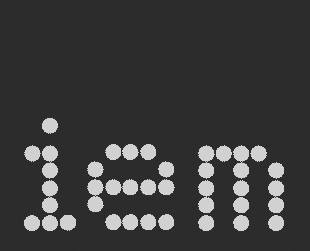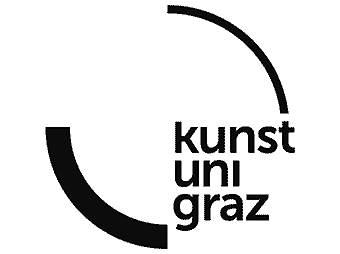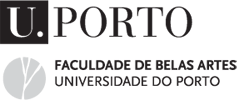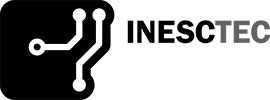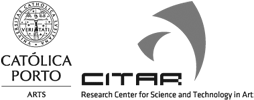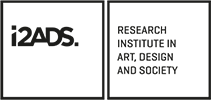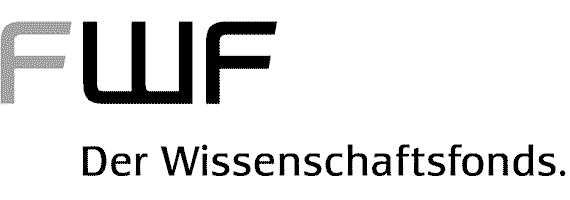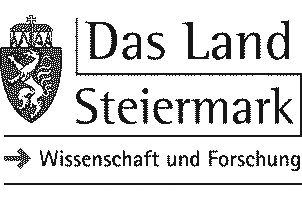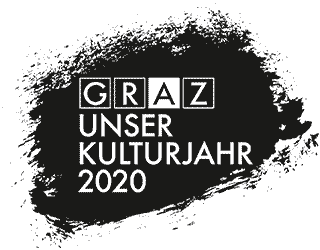Gestures #2 - #4
Keywords: Generative Film, Dance Video, Media Art, Installation.
As two people pass on the street, a curl of a lip may denote contempt at the other’s misfortune, while a lingering glance may imply perceived familiarity. Our gazes, gestures, postures, etc. are traces of our histories, telling stories of displacement, oppression, kinship, and resistance. Gestures #2 - #4 decode these invisible structures as a computer overlays and juxtaposes videos of dozens of short dance performances, engaging in a semi-improvised performance of its own. The computer acts as an inscrutable and error-prone decoder, an unreliable guide through documents of the performers’ memories.
Gestures #2 - #4 is deliberately imperfect and even buggy. Drawing upon Svetlana Boym’s concept of a “nostalgic technology,” (Boym 2006) the algorithm of Gestures is my expression of longing for an imagined time, where technology is conceived as a tool of human understanding, intimacy, connection, and beauty.
The algorithm’s capacity for surprise is embraced, providing a new, inhuman perspective on the performances, and throwing their humanity into relief. Rather than emulating how a human might compose the video, this algorithm is particularly “computerly” in its basis on the humanly unpredictable math of a pseudo-random number generator. Early versions of the algorithm attempted emulations of human processes using semantic data and techniques drawn from AI. In the end, however, these were replaced with simple randomness and decision trees. By exercising less control over the computer’s logic, more opportunities for true surprise were found.
The computer finds juxtapositions of movements a person might not—sometimes unison choreographies, sometimes contrasting postures that seem to hang in time. Overlaid performances expose multiple concurrent memories of an experience that may agree or disagree, confounding the viewer’s desire to resolve their understanding of the performers’ experiences. This capacity for surprise—sometimes pleasant, sometimes frustrating—suggests both a new way of looking at the dances, as well as a different set of expectations for our relationships to machines.
My approach to the algorithm interleaves with a choreographic scoring process that, based on my work with Anna Halprin, prioritizes the performers’ personal histories and perspectives— reinforcing opportunities for surprise and new directions. Where we entered the workshops with an abstract theme of physical gesture as an encoding of history, the experiences Sherwood Chen and Gabriel Christian brought to the work refined it into a specific almost-narrative of intimacy, alienation, and nostalgia for what was or could have been. This almost-narrative only coalesced upon viewing the final pieces, and was a surprise to everyone involved.
This moment of surprise was a moment of realization of the traces of history encoded in specific bodies and the interactions between them. This encoded history is a narrative of the accretion of power, as Walter Benjamin would have it. “There has never been a document of culture, which is not simultaneously one of barbarism” (Benjamin 1969). The document Benjamin references is not only our art and history books, but our bodies. Its words are encoded in our every movement, even in our moments of intimacy and ecstasy.



Acknowledgements
Sherwood Chen and Gabriel Christian performed the dance pieces. Nai Saeyang assisted location scouting and shooting.
Media Assets
- Installation documentation: vimeo.com/292024810
References
- Boym, Svetlana. 2006. Nostalgic Technology: Notes for an Off-modern Manifesto. Cyprus: NeMe.
- Benjamin, Walter. 1969. Theses on the Philosophy of History. Trans. Harry Zohn. New York: Schocken Books.
Join the conversation
xCoAx 2020: Ian Heisters “Gestures #2 - #4”. A triptych of algorithmically-composed dance films that research the encoding and decoding of progress, history, and memory in the body. https://t.co/grIzQA0ld4 #xCoAx2020 pic.twitter.com/zgil4owUYt
— xcoax.org (@xcoaxorg) July 8, 2020


